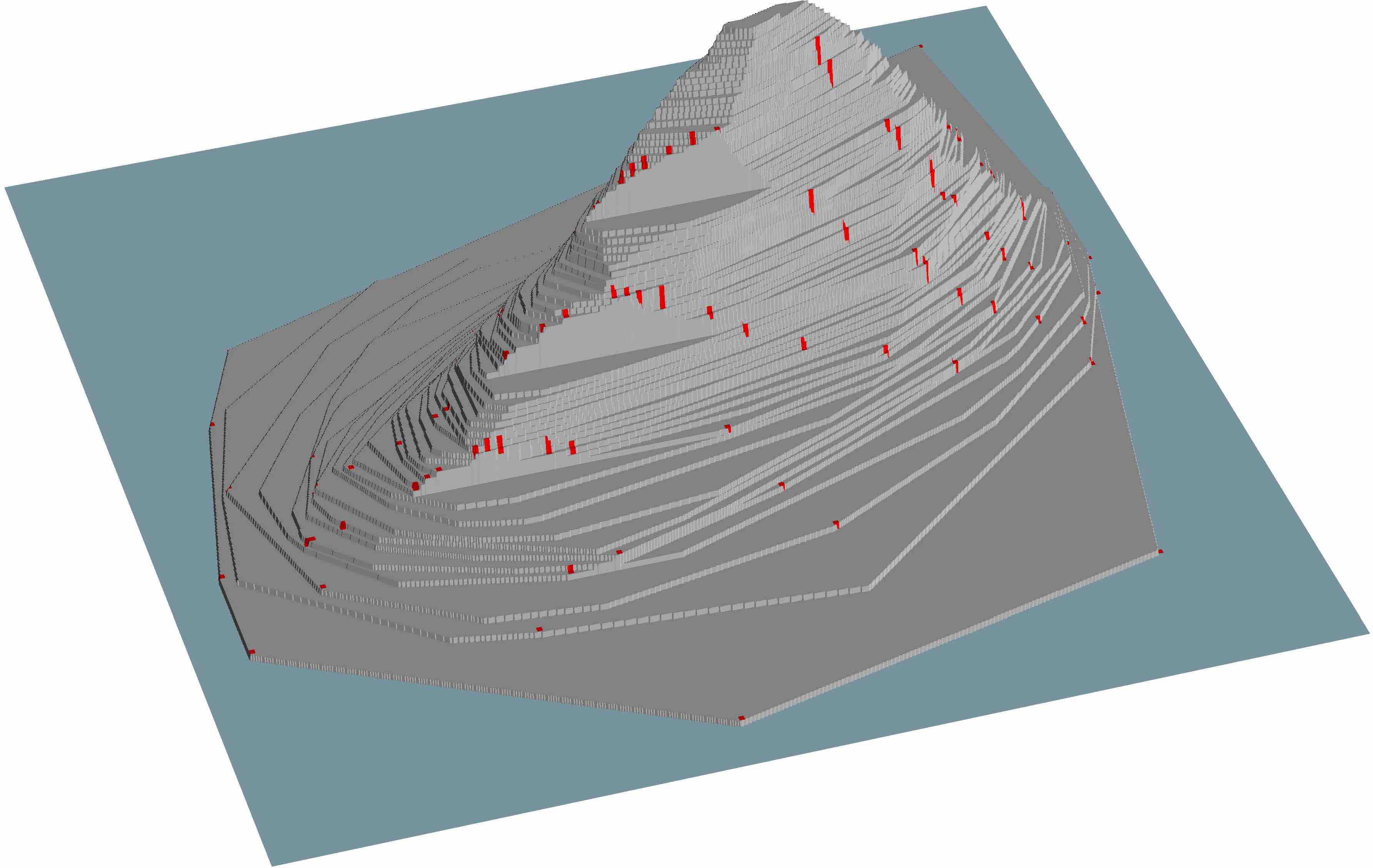L2-depth#
- DepthEucl.L2(x: ndarray | None = None, mah_estimate: str = 'moment', mah_parMcd: float = 0.75, evaluate_dataset: bool = False)[source]
Calculates the L2-depth of points w.r.t. a multivariate data set.
- Arguments
- x: array-like or None, default=None
Matrix of objects (numerical vector as one object) whose depth is to be calculated; each row contains a d-variate point. Should have the same dimension as data.
- mah_estimatestr, {“moment”, “mcd”}, default=”moment”
A character string specifying which estimates to use when calculating the Mahalanobis depth; can be “‘moment’” or
'MCD', determining whether traditional moment or Minimum Covariance Determinant (MCD) estimates for mean and covariance are used.- mah_parMcdfloat, default=0.75
is the value of the argument alpha for the function covMcd; is used when mah.estimate =
'MCD'.- evaluate_datasetbool, default=False
Determines if dataset loaded will be evaluated. Automatically sets x to dataset
- References
Zuo, Y. and Serfling, R. (2000). General notions of statistical depth function. The Annals of Statistics, 28, 461–482.
Mosler, K. and Mozharovskyi, P. (2022). Choosing among notions of multivariate depth statistics. Statistical Science, 37(3), 348-368.
- Examples
>>> import numpy as np >>> from depth.model import DepthEucl >>> mat1=[[1, 0, 0, 0, 0],[0, 2, 0, 0, 0],[0, 0, 3, 0, 0],[0, 0, 0, 2, 0],[0, 0, 0, 0, 1]] >>> mat2=[[1, 0, 0, 0, 0],[0, 1, 0, 0, 0],[0, 0, 1, 0, 0],[0, 0, 0, 1, 0],[0, 0, 0, 0, 1]] >>> data = np.random.multivariate_normal([0,0,0,0,0], mat1, 1000) >>> model=DepthEucl().load_dataset(data) >>> x = np.random.multivariate_normal([1,1,1,1,1], mat2, 10) >>> model.L2(x) [0.2867197 0.19718391 0.18896649 0.24623271 0.20979579 0.22055673 0.20396566 0.20779032 0.24901829 0.26734192]
